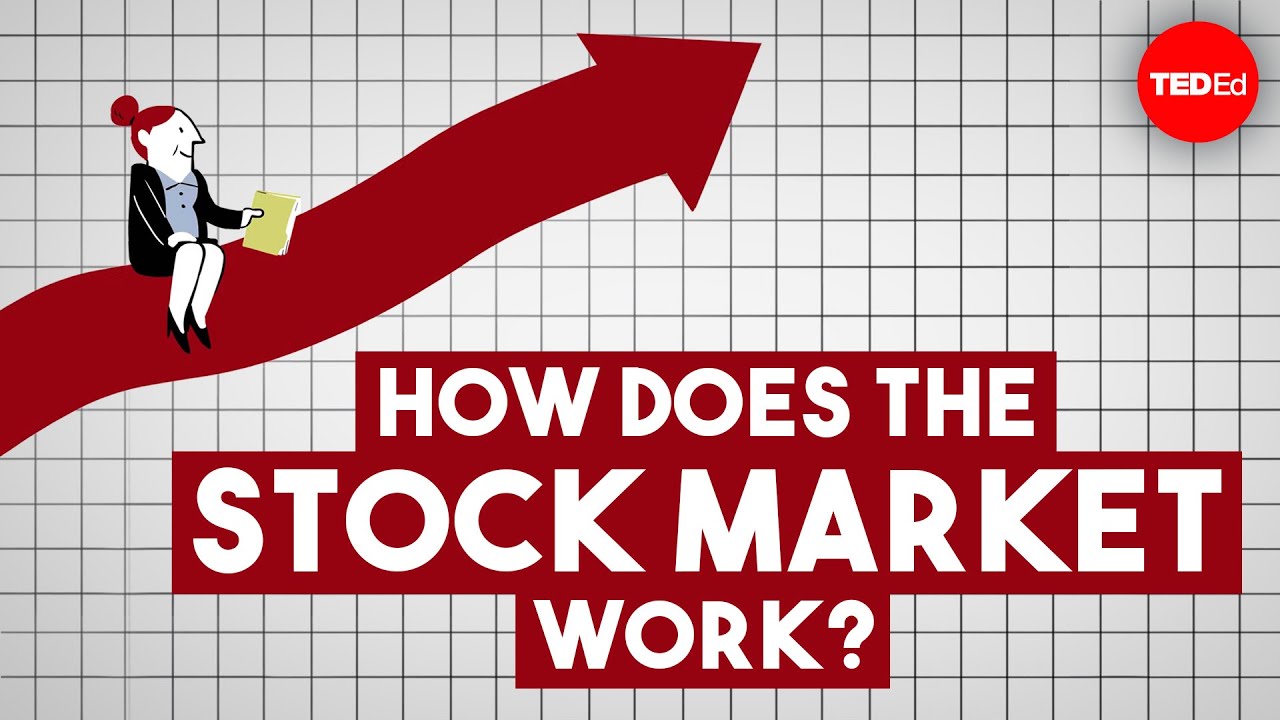If the thought of investing in the stock market scares you, you are not alone. People with limited experience in stock investing are shocked by the shocking news of a typical investor who loses 50% of his or her portfolio — for example, in two bear markets already in the millennium — or are deceived by “hot tips” that promise great rewards but rarely do. It is not surprising, therefore, that the pendulum of investment motion is said to switch between fear and greed.
Blog By: Sophie Wilson
The fact is that investing in the stock market is risky, but to put it bluntly, it is one of the most effective ways to build one's total value. Although the value of a person's home often accounts for a large portion of the average person's total value, most affluent and wealthy people often invest most of their assets in stock.1 To understand the stock market's performance, first consider the stock market and its various types.
IMPORTANT THINGS
- The shares represent a proprietary equity of the company and give shareholders the right to vote and a residual claim on the company's revenue in the form of cash and shares.
- Individual and institutional investors come together in the stock market to buy and sell shares in a public place.
- Stock prices are set by supply and demand as buyers and sellers place orders.
- The flow of orders and the spread of bid bid are often taken care of by experts or market makers to ensure a fair and just market.
- Listing in the trade may give companies money and the ability to raise money but may also mean higher costs and increased regulations.
What is Stock?
A stock is a financial instrument that represents ownership in a company or company and represents a limited claim on its assets (assets) and profits (what we produce with profits). Shares are also called shares or equity shares.
Stock ownership means that a shareholder owns a piece of company equal to the number of shares he owns as part of a company's remaining shares. For example, a person or company with 100,000 shares of a company with one million remaining shares can have a 10% stake in it. Many companies have millions or even millions of outstanding shares.
Types of Stocks
Although there are two main types of stocks — common and preferred — the term equities is similar to regular stocks, as their combined market value and trading value are much higher than those of the preferred stocks.
The main difference between the two is that ordinary shares often have voting rights that allow the shareholder to have a say in corporate meetings (such as the annual general meeting or AGM) where issues such as board of directors or auditors are appointed. voting while popular stocks generally do not have voting rights. Preferred shares are so named because preferred shareholders are more valuable than ordinary shareholders to acquire shares and assets in the event of a partnership.2
Ordinary stock can also be categorized according to their voting rights. While the basic premise of ordinary stocks is that they should have equal voting rights — one vote per share — some companies have two or more stocks with different voting rights linked to each category. In such a two-phase system, Class A shares, for example, may have 10 votes per share, while shares under Class B may have only one vote per share. Double or multi-class stock structures are designed to empower the company's founders to manage its assets, strategic direction, and innovation.
Why Companies Issue Stocks
The modern giant probably started out as a small independent business founded by a visionary founder a few decades ago. Think of Jack Ma embracing Alibaba (BABA) in his apartment in Hangzhou, China, in 1999, or Mark Zuckerberg launching an old version of Facebook (now Meta), in his Harvard bedroom University in 2004. the world's largest companies within a few decades.
However, growing at such a pace requires access to large amounts of money. In order to make the transition from the emerging mindset of entrepreneurs to a working company, they need to rent an office or factory, hire workers, buy tools and equipment, and create a sales and distribution network, among other things. . These services require significant amounts of money, depending on the scale and scope of the business start-up.
Raising Big Money
Startups can increase such income by selling shares (equity financing) or by borrowing money (credit money). Debt financing can be a problem at first because there may be a few assets that promise to lend money — especially in areas such as technology or biotechnology, where the company has few assets - and interest rates can put a financial burden in the early days, when the company may have no income or capital. received.
Equity financing, therefore, is the preferred method for many startups that require money. An entrepreneur may first get some savings for himself, as well as from friends and family, so that the business can start over. As business grows and demand for money becomes more intense, an entrepreneur may turn to angelic investors and business finance firms.
Listing Shares
When a company launches itself, it may need to raise more money than it can handle on a regular basis or on a regular bank loan. It can do this by selling shares to the public through a first public offering (IPO).
This shifts the company's status from a private equity firm to a publicly traded company whose shares will be held by a majority of members of the general public. The IPO also gives early investors in the company the opportunity to withdraw part of their stake, often reaping excellent rewards in the process.
Once a company's stock has been listed on the stock exchange and trade begins, the price of these shares fluctuates as investors and traders evaluate and re-evaluate their internal value. There are many different measurements and metrics that can be used to determine stock value, which is one of the most popular estimates of income (PE). Stock analysis also often falls into one of two categories — basic analysis, or technical analysis.
Read More:
SPONSORED HEADLINES





